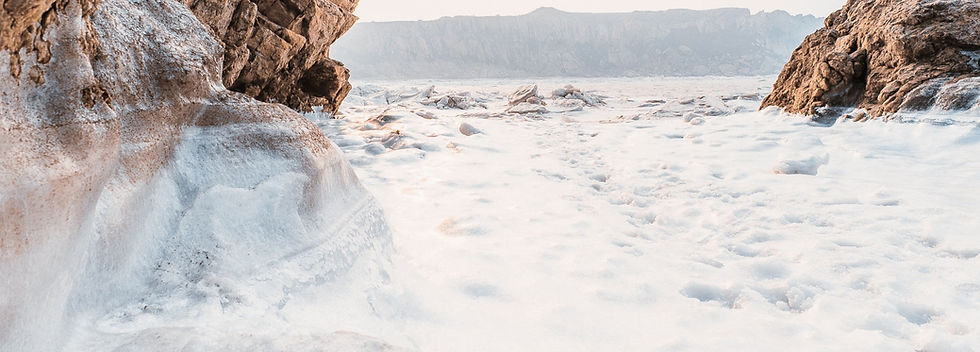Family First Podiatry

Callues
Corns and calluses are a buildup of hard, thick areas of skin. Although these hardened areas of skin can form anywhere on your body, you’ll usually see them on your feet, hands or fingers.
What’s the difference between a corn and a callus?
Corns and calluses are essentially the same tissue. Corns tend to be small and round. You’re most likely to see corns on the top or sides of your toes.
Calluses are hard, thick patches of skin. Compared with corns, calluses are larger and have a more irregular (more spread out) shape. You’re most likely to see calluses on the bottom of your feet on the bony areas that carry your weight — your heels, big toes, the balls of your feet and along the sides of your feet. Some degree of callus formation on the bottom of your foot is normal.
You’ll also see calluses often on your hands. For instance, a callus forms where there’s repeated friction or rubbing — like on the tips of fingers of guitar players or the hands of gymnasts, weightlifters or craftsmen.
What are the different types of corns?
There are several types of corns:
-
Hard corns: These are small, hard dense areas of skin usually within a larger area of thickened skin. Hard corns usually form on the top of your toes — areas where there’s bone pressure against your skin.
-
Soft corns: These corns are whitish/gray and have a softer, rubbery texture. Soft corns appear between your toes.
-
Seed corns: These corns are small and usually form on the bottom of your feet.
What do corns and calluses look like?
Corns and calluses have many distinct features. Corns look like:
-
Small, round, raised bumps of hardened skin surrounded by irritated skin.
-
Raised areas or bumps that may be painful or cause discomfort.
Calluses are:
-
Thick, hardened, larger and typically more flattened patches of skin.
-
Less sensitive to touch than the surrounding skin.
Both corns and calluses can cause:
-
Hardened areas of skin where there’s repeated friction or pressure on your skin.
-
Pain, redness and blisters.
Are corns and calluses painful?
Corns and calluses may or may not be painful. Some corns and calluses aren’t painful when they first develop but then become painful over time as they thicken. The raised areas of skin — especially of corns — can be tender or sensitive to touch or pressure. Calluses tend to be less sensitive to touch than the normal skin around them. Sometimes, cracks (called fissures) form in a callus. Fissures can be painful. If you have a corn or callus that becomes infected, you’ll likely feel pain or at least some discomfort.
What causes corns and calluses?
Corns and calluses have many of the same causes. These include:
-
Shoes that don’t fit properly. This is the most common cause of corns on the top of your feet. Shoes that are too tight or have areas that rub against your skin cause shearing, friction and pressure. People who frequently wear high-heeled shoes often develop calluses on the balls of their feet from the downward pressure on this area when walking.
-
Standing, walking or running for long periods of time.
-
Physical hobbies, sports activities or work/labor that puts pressure on your feet and/or causes repeated friction on an area of skin on your hands or fingers.
-
Going barefoot.
-
Not wearing socks with footwear.
-
Having socks and/or shoe linings that slip and bunch up under your feet while in shoes.
-
Walking with improper posture — walking too heavily on the inner or outer edge of your foot.
-
Structural foot deformities or changes to the shape of your foot (hammertoes, tailor’s bunions, bunions or deformities from birth).
How do corns and calluses form?
Corns and calluses develop from repeated friction, rubbing, pressure or irritation and pressure on your skin. Corns and calluses typically form on the bony, walked-on areas of your feet. On your hands, they (more likely calluses) form on the areas where there’s ongoing rubbing against your skin.
The hardened layers of skin of corns and calluses are actually your body’s way of protecting the underlying skin from irritation and pressure.
Who is more likely to get corns and calluses?
You’re more likely to develop corns and calluses if:
-
You already have medical conditions that change the normal alignment of the bones in your feet. For example, arthritis in your feet, bunions, bone spurs or hammertoes.
-
You walk without socks.
-
You wear shoes that are too narrow for your foot.
-
You have atrophy or loss of your natural cushioning/padding.
What are the complications of having corns and calluses?
Untreated (or unsuccessfully) treated corns and calluses might grow larger until you fix what caused them to develop in the first place.
Corns or calluses can cause infections. This can be painful and make walking difficult. You may need antibiotics or even surgical treatment.
How are corns and calluses diagnosed?
A healthcare provider can diagnose corns or calluses by looking at your skin. No tests are required. A simple visual exam of your skin is usually all your provider needs. Your provider may ask you questions about your job, how much walking and standing you do, and in what activities you participate. If your corn or callus is on your foot, your provider may ask you to walk to check your posture and the way you walk, ask about your footwear and ask how you take care of your feet.